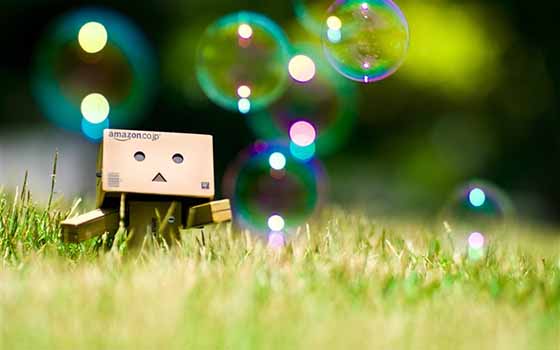When we compare two things, we often look for similarities. However, exploring the differences between two things can be just as valuable. This is where contrast comes in. Contrast is the act of comparing two things to highlight their differences. In this article, we'll explore the concept of contrast and its importance in various fields.
In art, contrast is a powerful tool that can create visual interest and drama. Contrast can be achieved through the use of color, value, texture, and shape. For example, a painting with a bright red apple against a dark background creates a stark contrast that draws the viewer's eye to the apple. Similarly, a sculpture with rough and smooth textures creates contrast that adds depth and dimension to the piece.
In design, contrast is used to create visual hierarchy and emphasis. By contrasting different elements, designers can guide the viewer's attention and make certain elements stand out. For example, a website with a bold, black headline against a white background creates a strong contrast that draws the viewer's eye to the headline. Similarly, a brochure with large, bold text and small, subtle images creates contrast that emphasizes the text.

In photography, contrast refers to the difference between the lightest and darkest parts of an image. High contrast images have a greater difference between light and dark areas, while low contrast images have a smaller difference. High contrast images can be dramatic and intense, while low contrast images can be soft and subtle. Photographers can use contrast to create mood and evoke emotions in their images.
永乐和记娱乐In literature, contrast is used to highlight differences between characters, settings, and themes. By contrasting different elements, writers can create tension and conflict, as well as emphasize certain themes. For example, in Shakespeare's play "Romeo and Juliet," the contrast between the Montagues and the Capulets creates tension and conflict that drives the plot forward.
In science, contrast is used to compare and analyze data. By contrasting different variables, scientists can identify patterns and relationships. For example, in a study on the effects of exercise on heart health, scientists may compare the heart health of individuals who exercise regularly to those who do not. By contrasting the two groups, they can identify the benefits of exercise on heart health.
In education, contrast is used to help students understand and remember information. By contrasting different concepts, teachers can help students see the differences and similarities between them. For example, when teaching about different types of animals, a teacher may contrast the characteristics of mammals, birds, and reptiles to help students understand the differences between them.
In conclusion, contrast is a powerful tool that can be used in various fields to highlight differences and create visual interest. Whether in art, design, photography, literature, science, or education, contrast can help us understand and appreciate the differences between two things. By exploring the differences, we can gain a deeper understanding of the world around us.